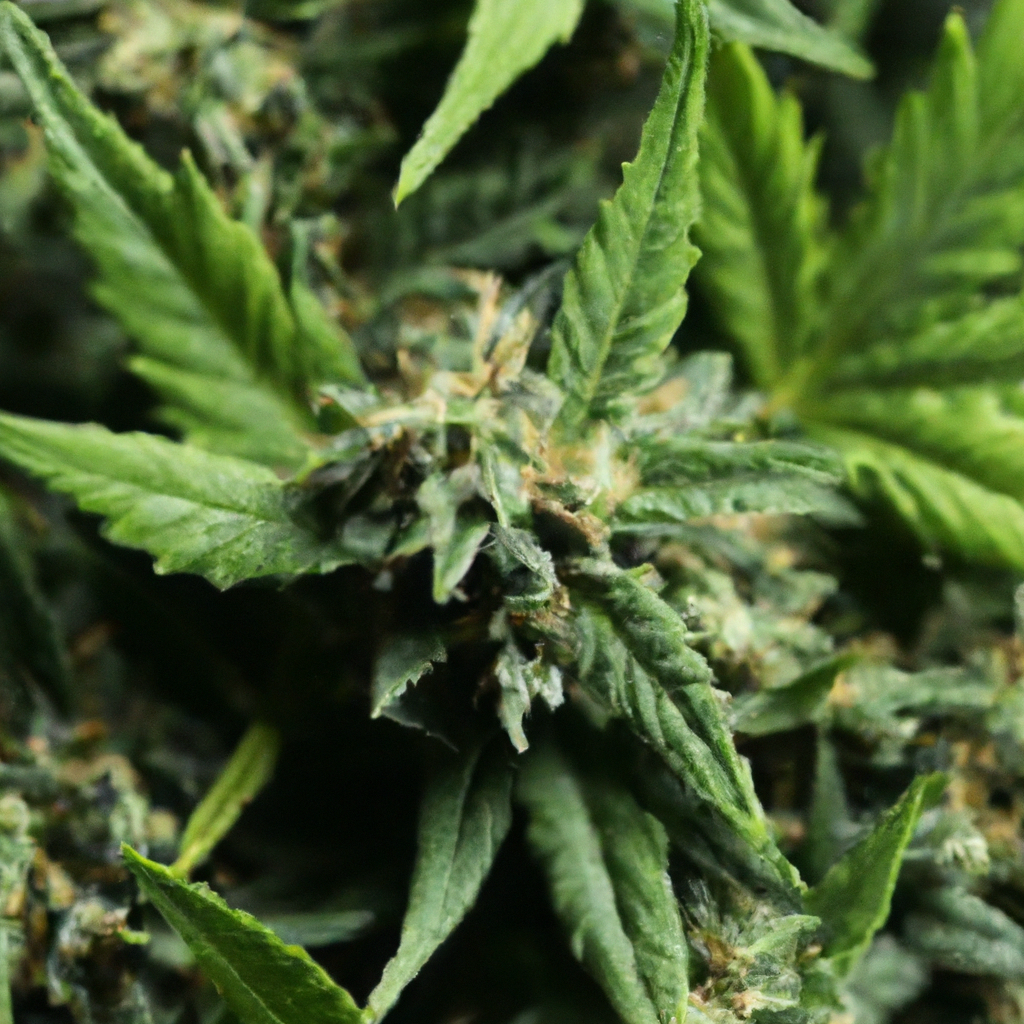Your cart is currently empty!
Organic cannabis cultivation is more than just a trend—it’s a movement towards sustainability, health, and environmental responsibility. Diving into this green path ensures your cannabis is as pure and ethical as nature intended. This article outlines the best eco-friendly practices that will both maximize your yields and minimize your ecological footprint.
Building a Thriving Soil Ecosystem
Healthy soil is the foundation of successful organic cannabis growth. Traditional soils often lack the nutrients needed to support robust plant health. Here’s how you can burgeon a living, nutrient-rich soil:
- Compost: Use rich compost to add essential nutrients and organic matter, improving soil texture and fertility.
- Cover Crops: Plant cover crops like clover or rye to fix nitrogen in the soil, reduce pests, and prevent erosion.
- Mulching: Apply mulch to retain soil moisture, regulate temperature, and encourage beneficial microorganisms.
Natural Fertilization Methods
Avoid synthetic fertilizers and adopt natural alternatives that nurture without polluting:
- Worm Castings: A potent source of nutrients and beneficial microbes.
- Fish Emulsion: Excellent for vegetative growth, providing crucial nitrogen.
- Bone Meal: Provides natural phosphorus, supporting robust root development and flowering.
Eco-Friendly Pest Control
Maintaining a balanced ecosystem naturally reduces pest problems:
- Companion Planting: Use marigolds or basil to repel insects and attract beneficial predators.
- Neem Oil: A natural insecticide effective against a broad range of pests.
- Beneficial Insects: Introduce ladybugs or predatory mites to control aphids and spider mites naturally.
Promoting Sustainability in Your Grow
Sustainable practices are a cornerstone of organic cannabis cultivation:
- Water Conservation: Implement drip irrigation systems to minimize water waste.
- Renewable Energy: Consider solar panels to power your grow lights and ventilation systems.
- Recycling: Reuse containers and materials, reducing waste generation and resource consumption.


Leave a Reply